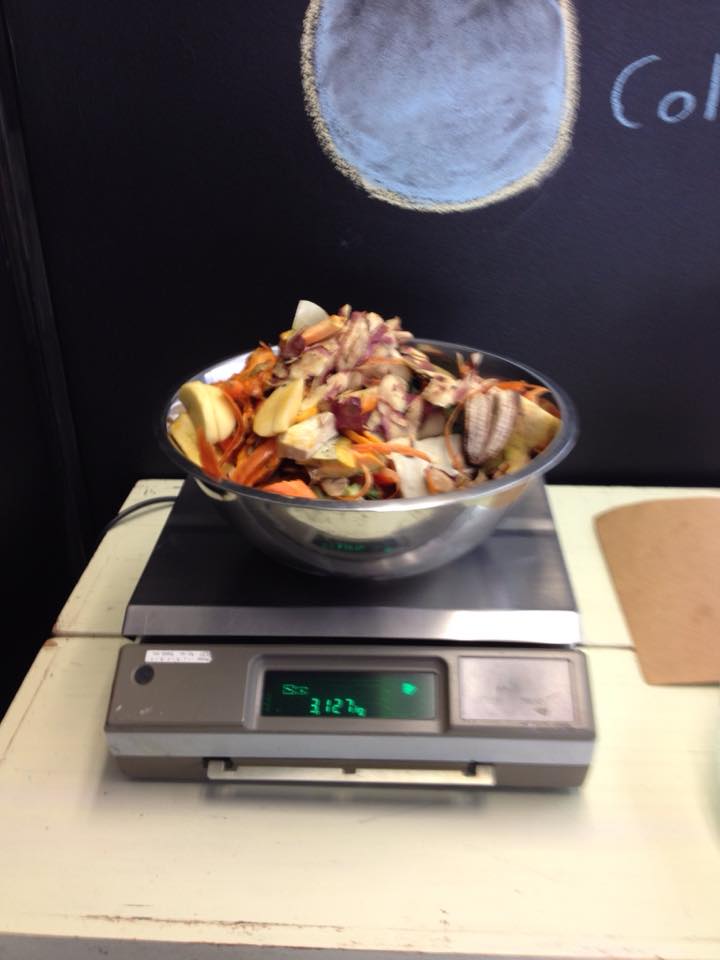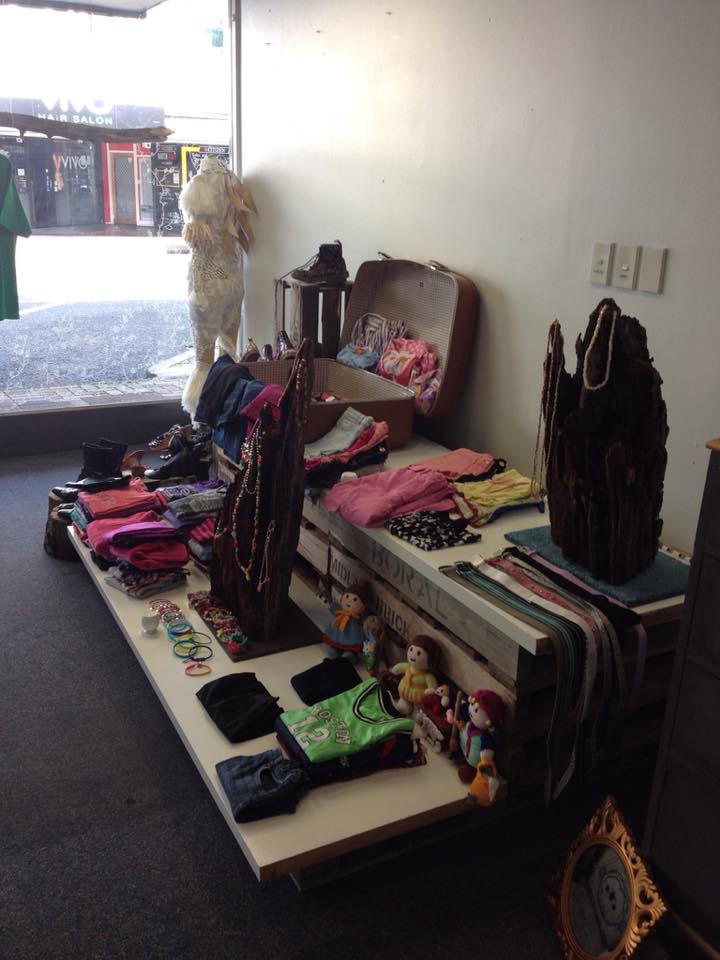Accidental Composter
Toitū te marae a Tāne-Mahuta, Toitū te marae a Tangaroa, Toitū te tangata.
If the land is well and the sea is well, the people will thrive.
In March 2018 I embarked on a little community experiment called ‘Clothing for Compost’. I was asking the question if waste was currency would we waste it? My interest was initially in textile waste because that was my background, clothing and textiles. But through my sustainability journey I came to realise that if we want to reduce waste and emissions, focusing on organic waste was the ticket to swift success. Based on figures from the Wellington Region Waste Assessment 2016, 32% of our waste to landfill was organics.
I’m not a horticulture specialist or even a very good gardener but I had been “composting” for years to reduce our waste at home, so I already understood to some degree, the benefits of removing food waste from your general waste. This is how the ’Clothing for Compost’ idea evolved and how I came to marry organic waste with second hand clothing.
I loved the idea of encouraging others to value resources, so to switch their perspective of what they throw away I flipped waste on its head and made it a currency. Contributors would earn a store credit of $1 for every kilo of food scraps they collected and bought to me for weighing. The store credit could be used to off-set the cost of the second-hand clothing available at the pop-up shop. A one tonne, food scrap diversion target was set over a 12-week period.
Originally, I designed the project with a commercial food waste management company collecting the waste daily and taking it to their compost making facility. Easy! That was until the contractor became oversubscribed in Wellington City and couldn’t travel to Upper Hutt for what was potentially a very small pick-up. Gutted and after many other alternate scenarios just wouldn’t work, I realised I would have to compost it myself. Gulp!
That’s okay I had a Council grant to deal with the composting side of the project, I had drive and enthusiasm and most of the time, energy as well. So in true kiwi style I was going to wing it. As it turned out, what became an unplanned rework of the project turned out to be the most valuable turn of events, because now I had to learn what composting really was and how to do it, but more significantly I learnt the deep, connected importance of returning nutrients to our soil.
You see real compost, not “compost” as I have been doing at home, is alive, full of nutrients, microbes and life! This compost provides for nutrient dense food for us to eat and flourish, this was the true circular system of the one thing that is necessary to all of us, food! And it only hit me after researching good compost methods and the benefits on the environment of composting that I truly became aware of the real importance and value of this project. All of which would have never have happened had the project gone to the original plan, and in there lies the unexpected and happy accident.
I learnt that New Zealand has soil issues.
This is what MPI have to say about the importance of our soil.
“Soil underpins New Zealand's agriculture, horticulture and forestry and contributes to healthy ecosystems by helping to clean water, cycle nutrients, store carbon and grow plants and animals.
Creating new soil is a slow process and can take hundreds to thousands of years, which effectively makes soil a non-renewable resource in our lifetimes. Protecting soil is essential for food security and a sustainable future.”
Visit https://www.mpi.govt.nz/protection-and-response/environment-and-natural-resources/land-and-soil/ to get an in-depth MPI perspective.
Food security was the strand which ran through this project and it became so pivotal to the story of Clothing to Compost. To grow food we need nutrients, once the food has grown and is harvested and eaten we must restore the nutrients back to the soil to grow more nutrient dense food. It seems so obvious and yet we waste tonnes of food and potential nutrients every year, so maybe the significance has been lost and the obvious isn’t so obvious anymore. Our connection to the obvious is broken and the evidence lies in our bins.
This infographic from the Love Food Hate Waste website provides a great visual, global representation of the true cost of food waste.
Deficient soil and soil loss equates to deficient food and inevitably a deficient life. Every time we send food to landfill we throw away the opportunity to rebuild the quality and quantity of New Zealand soil, something that is vital to human health and wellbeing.
This project taught me many things, but my number one lesson was the importance of soil conservation. And it seems it’s quite a timely realisation because in the mad dash to deal with more of our waste in New Zealand, the amount of degradable, compostable and biodegradable bags and packaging hitting the market is alarming. We’ve now filled the ocean with contaminates, is it time for us to fill the soil with them also? Unless what you are putting back is regenerative I see filling the soil with “compostable packaging” counterproductive.
There is a lot you can do personally to reduce your food waste at home, including starting a compost heap, find a gardening friend or neighbour who wants to compost your scraps, find someone in your neighbourhood who wants your scraps for animal feed, change your shopping and cooking habits and visit the Love Food Hate Waste website for many more insightful ways to play your part.
https://lovefoodhatewaste.co.nz/
I will return with more about the lessons learnt from the Clothing for Compost project, including the report and data results from the surveys.



